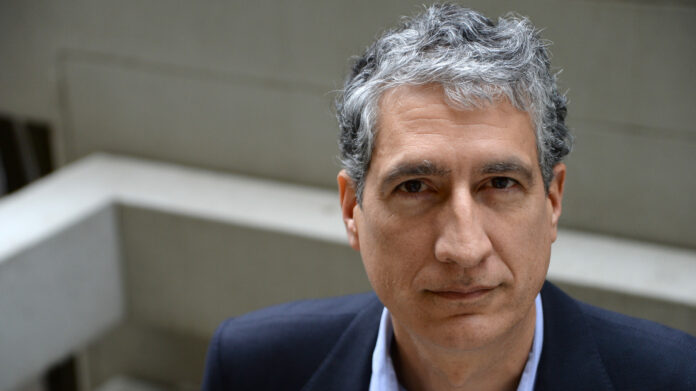
ANGLOGOLD Ashanti passed through some of the long awaited cash out of its Congo mine Kibali to shareholders today announcing it would pay a 29 US cents per share first half dividend. It also paid down debt.
The gold producer received $549m profit share from Kibali, a mine it owns in joint venture with operator Barrick Gold, after a lock up of cash lasting two years. It has a 20% payout of free cash flow policy before growth capital. The payout equates to a 4% to 5% yield.
Cash from Kibali meant AngloGold posted free cash flow of $471m after registering a net cash inflow of $992m for the first half of its 2022 financial year (2021: $467m). Net debt was reduced 13% to $740m as of June 30.
Gold production for the first six months totalled 1.23 million ounces assisted by a strong second quarter showing in which production was 10% higher compared to the first quarter.
However, cash costs rose 6% to $1,068 per ounce as a result of “accelerating inflation” as well as larger royalty payments as a result of the higher gold price received of $1,874/oz (2021: $1,801/oz).
Inflation has potential to disturb AngloGold CEO Alberto Calderon’s pledge to bring the group’s high cost mines under control. He said previously the group was producing gold at costs 30% to 40% higher than its rivals.
Commenting in a media call this morning, he said the cash cost performance was encouraging as inflation was averaging about 12%.
Gramalote not proceeding
As part of this strategy, Calderon is conducting a mine-by-mine audit – dubbed Full Asset Potential (FAP) – in an effort to find ways of making production more efficient. So far, Sunrise Dam in Australia and Siguiri in Guinea have been tested. The Cuiabá mine in Brazil is under FAP scrutiny currently with Tropicana and Geita and Serra Grande mines to follow in the second half of the year.
Gramalote, a project in Colombia held in joint venture with Canada’s B2Gold, will not be progressed following a review. Calderon said it didn’t make sense to dedicate management time to a prospect that had little potential to increase reserves or build production beyond its current projected output of about 100,000 oz.
“A sale is in the suite of options but for now, we call it a strategic review,” said Calderon. A similar process is underway at Brazil’s Corrego do Sitio (CDS) which, at a cash cost north of $2,000/oz is lossmaking.
“At this stage all of the rest will make the cut,” Calderon said of other assets in AngloGold’s portfolio, including Sierra Grande – a relatively small mine but given its proximity to Cuiabá it continues to make sense to operate. Said Calderon: “We have a pretty good idea of our plans. It’s all about taking operations to full potential”.
Another of Calderon’s strategic goals is to bring Obuasi, AngloGold’s Ghana mine, to full production potential of, eventually, 400,000 ounces a year. AngloGold said today the mine was on track to meet its 2022 production guidance of 240,000 to 260,000 oz.
“The fundamentals of our company continue to improve despite the challenging cost environment,” said Calderon. “We have the right structure and the right people in place to further optimise from our portfolio and close the gap with our peers.”
Adjusted earnings before interest, tax, depreciation and amortisation for the first half came in at $864/oz compared to $876m in the first half of last year. Headline earnings for the six months totalled $300m or 71 US cents per share against $363m or 87 cents/share previously.











